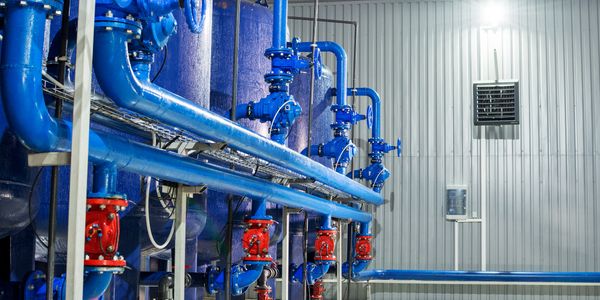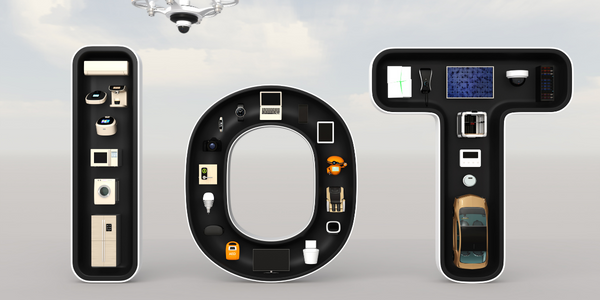Customer Company Size
Large Corporate
Region
- Europe
- America
- Asia
Country
- Germany
- China
- Poland
- United States
Product
- HYDRA Manufacturing Execution System
- SAP ERP System
Tech Stack
- Windows Server
- ORACLE Database
- SAP Interfaces
Implementation Scale
- Enterprise-wide Deployment
Impact Metrics
- Productivity Improvements
- Cost Savings
- Customer Satisfaction
Technology Category
- Functional Applications - Manufacturing Execution Systems (MES)
- Functional Applications - Enterprise Resource Planning Systems (ERP)
Applicable Industries
- Electronics
- Equipment & Machinery
Applicable Functions
- Process Manufacturing
- Quality Assurance
Use Cases
- Manufacturing System Automation
- Predictive Maintenance
- Process Control & Optimization
Services
- Software Design & Engineering Services
- System Integration
About The Customer
PHOENIX CONTACT is a global market leader in the field of electrical engineering, electronics, and automation. With a workforce of 17,400 employees, the company is headquartered in Blomberg, North Rhine-Westphalia, and operates various production sites and sales offices worldwide. PHOENIX CONTACT is known for its high level of vertical manufacturing, producing a wide range of product components and system solutions for the tooling and processing sector, as well as other industries. Their product offerings include PCB, special-purpose and terminal blocks, cable and plug connectors, and automation devices based on Ethernet and Wireless technologies. The company is committed to innovation and excellence in manufacturing, making it a prominent player in the global market.
The Challenge
PHOENIX CONTACT faced the challenge of managing and efficiently controlling a vast array of data derived from complex multi-staged manufacturing processes. The company needed a solution that could provide higher transparency in production, improve productivity, and enhance the quality of data supplied by their ERP system, SAP. Additionally, they required a system that could detect machine standstills and provide statistics to optimize machine and tooling availability. The challenge was further compounded by the need to ensure the availability of all required resources for machines at the start of production, necessitating timely information and efficient data transmission to injection molding machines.
The Solution
To address the challenges, PHOENIX CONTACT implemented the HYDRA Manufacturing Execution System (MES) by MPDV across various locations in Germany and Poland, with pilot projects in China and the USA. The MES solution provided higher transparency in production, improved productivity, and enhanced data quality from the SAP ERP system. HYDRA supported actual data monitoring with detailed feedback, enabling the detection of machine standstills and the implementation of measures to optimize machine and tooling availability. A fixed three-day production plan was generated by combining HYDRA Shop Floor Scheduling with the Tool & Resource Management module, ensuring the availability of all required resources at the start of production. The DNC module simplified the transmission of configuration data to injection molding machines, while important processing parameters were continually recorded and monitored. HYDRA also served as a CAQ subsystem to collect, control, and measure values for further processing in SAP QM. The system's KPIs allowed responsible personnel to target monitoring processes and initiate improvements, leading to cost reductions and proportional detection among departments.
Operational Impact
Quantitative Benefit

Case Study missing?
Start adding your own!
Register with your work email and create a new case study profile for your business.
Related Case Studies.

Case Study
Smart Water Filtration Systems
Before working with Ayla Networks, Ozner was already using cloud connectivity to identify and solve water-filtration system malfunctions as well as to monitor filter cartridges for replacements.But, in June 2015, Ozner executives talked with Ayla about how the company might further improve its water systems with IoT technology. They liked what they heard from Ayla, but the executives needed to be sure that Ayla’s Agile IoT Platform provided the security and reliability Ozner required.

Case Study
IoT enabled Fleet Management with MindSphere
In view of growing competition, Gämmerler had a strong need to remain competitive via process optimization, reliability and gentle handling of printed products, even at highest press speeds. In addition, a digitalization initiative also included developing a key differentiation via data-driven services offers.

Case Study
Predictive Maintenance for Industrial Chillers
For global leaders in the industrial chiller manufacturing, reliability of the entire production process is of the utmost importance. Chillers are refrigeration systems that produce ice water to provide cooling for a process or industrial application. One of those leaders sought a way to respond to asset performance issues, even before they occur. The intelligence to guarantee maximum reliability of cooling devices is embedded (pre-alarming). A pre-alarming phase means that the cooling device still works, but symptoms may appear, telling manufacturers that a failure is likely to occur in the near future. Chillers who are not internet connected at that moment, provide little insight in this pre-alarming phase.

Case Study
Remote Temperature Monitoring of Perishable Goods Saves Money
RMONI was facing temperature monitoring challenges in a cold chain business. A cold chain must be established and maintained to ensure goods have been properly refrigerated during every step of the process, making temperature monitoring a critical business function. Manual registration practice can be very costly, labor intensive and prone to mistakes.

Case Study
Premium Appliance Producer Innovates with Internet of Everything
Sub-Zero faced the largest product launch in the company’s history:It wanted to launch 60 new products as scheduled while simultaneously opening a new “greenfield” production facility, yet still adhering to stringent quality requirements and manage issues from new supply-chain partners. A the same time, it wanted to increase staff productivity time and collaboration while reducing travel and costs.








